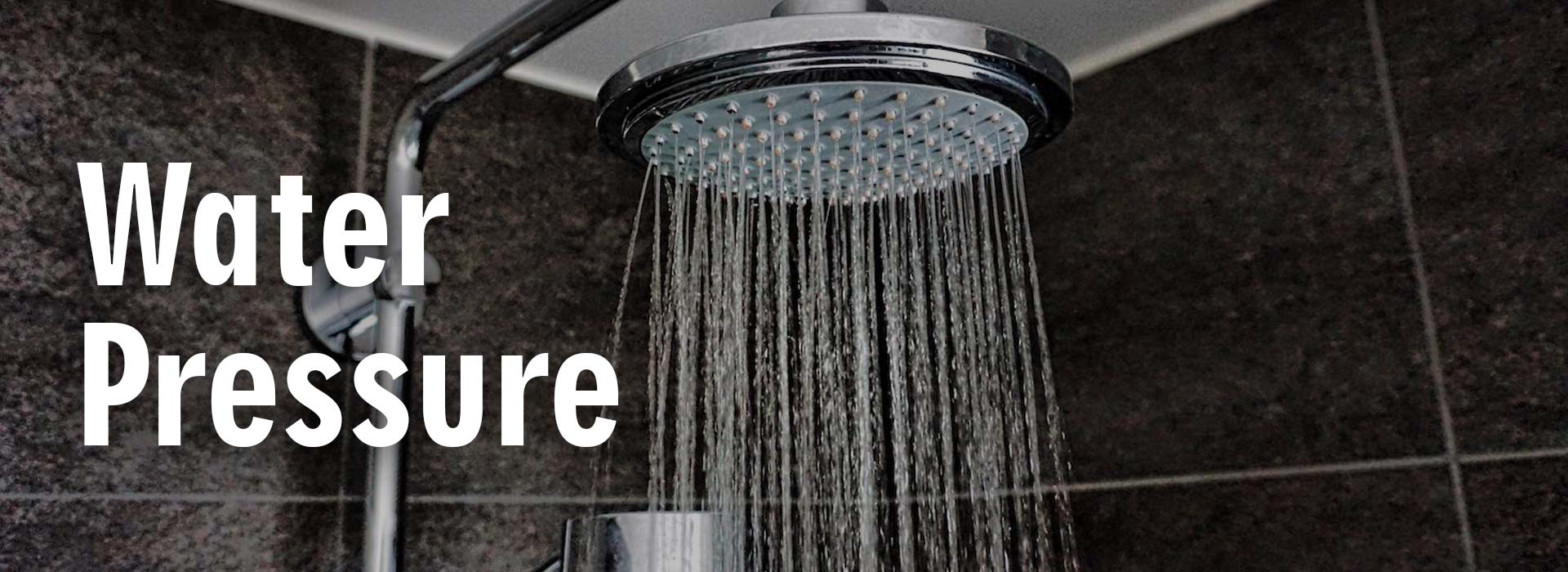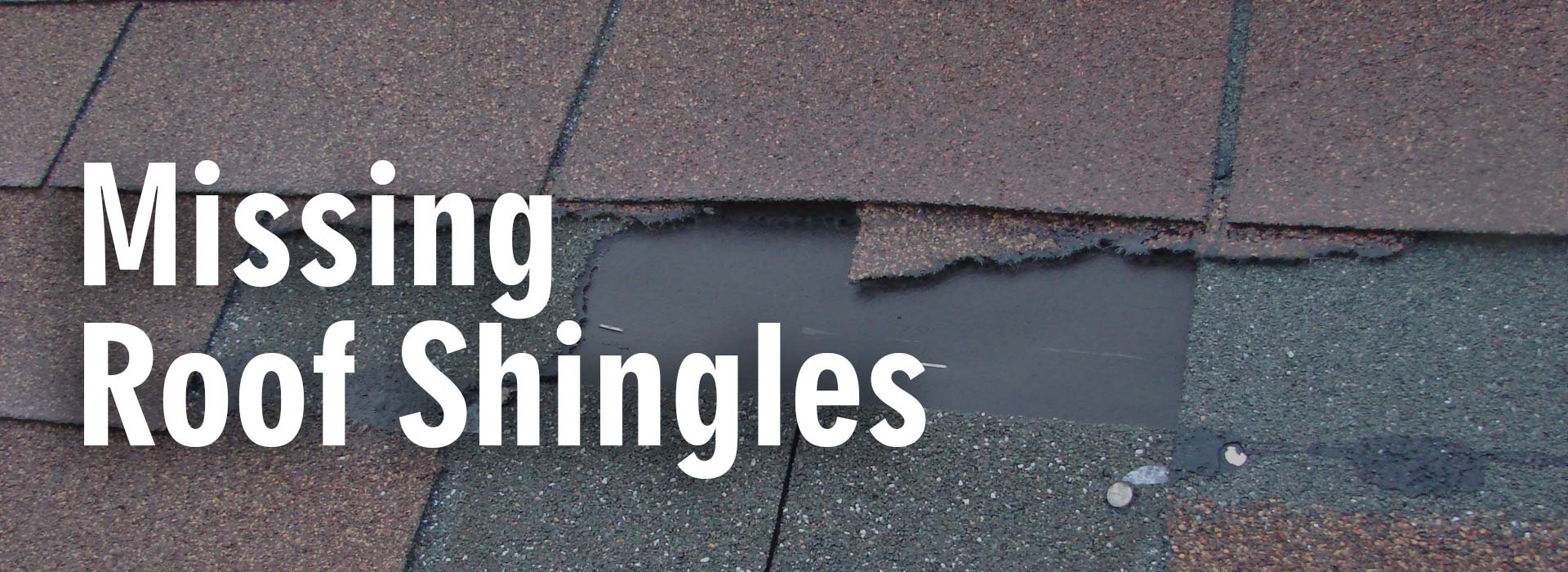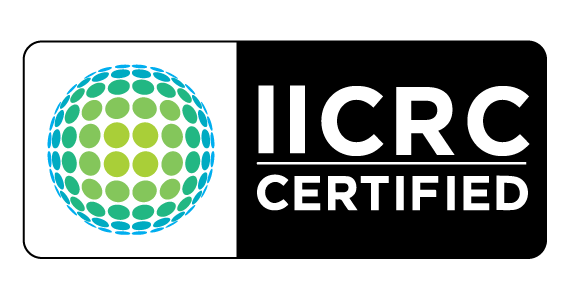Water damage is one of the most common causes of structural damage in homes and businesses. Not only does it threaten the structural integrity of your property, but it also has the potential for leading to further damage from pests such as termites and carpenter ants and microorganisms such as mildew and mold. Standing water and moisture in your home or business is a situation that requires immediate attention. The faster your response, the less severe the damage will be.
Reducing the chances of water accumulating in your home or business is your first step in mitigating a potentially hazardous situation. Here are 10 tips to help you prevent water damage to your structure.
Keep an Eye on Your Utility Bill
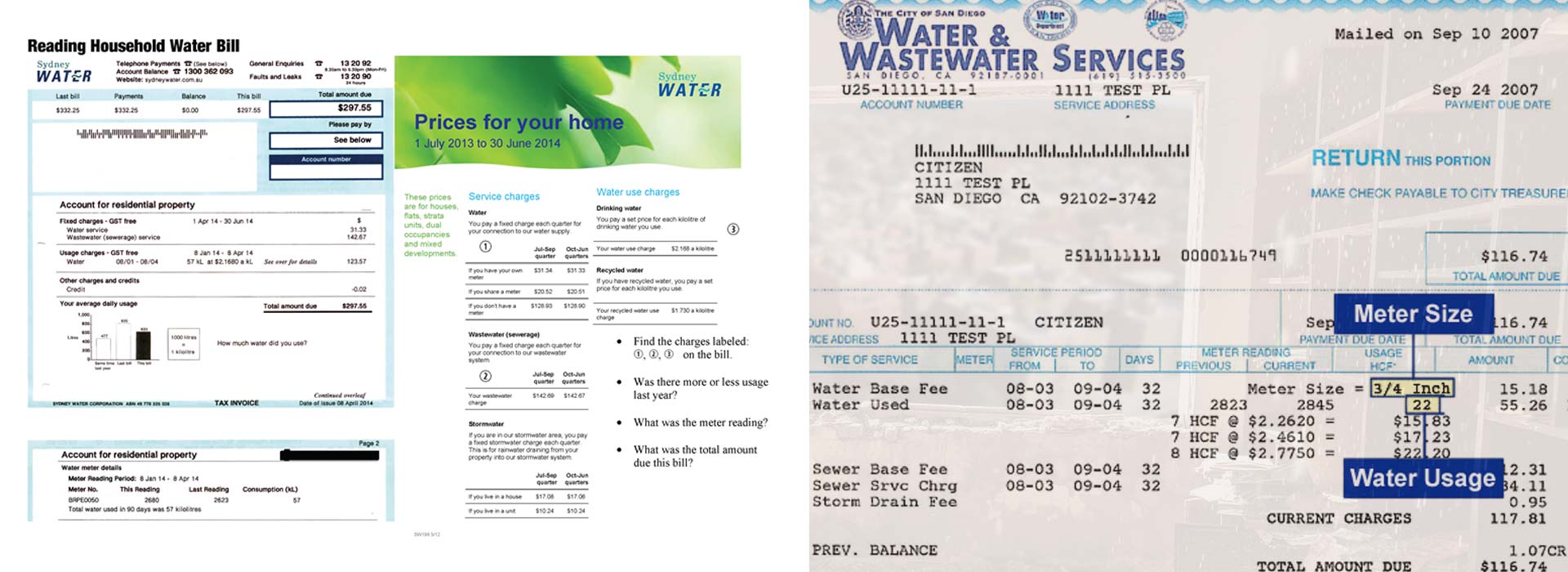
Your water bill may be the first sign of trouble when your home is experiencing a leak. Be familiar with how much water use you average during each season. It’s likely during the summer months you use more water if you have outdoor gardens or a large swimming pool.
If your water bill is unusually high, you’d be wise to start doing some investigation. First, turn off all your appliances and faucets. Check your water meter and then check it again a few minutes later to see if the reading has changed. If it has, you have a leak. If it hasn’t, give it another hour and check it again. If it’s changed this time, you probably have a slow leak.
To find the leak, check your indoor plumbing first. If you didn’t find anything inside your home, you can check crawl spaces and yard spaces. A professional plumber should be able to locate the leak if you can’t find anything yourself.
Plan and Prune Your Trees and Shrubs

Keep your trees and shrubs trimmed away from your home. Water can collect on foliage and run down along the exterior of your home or building. Along with the wear and tear this causes, it also damages your gutters and downspouts, which you need for proper drainage.
Avoid planting trees and shrubs near pipes. As they grow, their roots will eventually find their way into your plumbing, especially if you have older pipes. This causes damage to the pipes and it can also obstruct your plumbing and cause sewage backups.
Some trees, such as oak trees and birch trees, have roots that can travel as far as 100 yards in search of nutrients. If you have the opportunity to plan where your trees will be located rather than inheriting an already ill-configured arrangement as far as your sewage system goes, know the distance roots travel of various species and space them away from your plumbing accordingly. You can further protect your pipes by adding the root killer as a part of your plumbing’s regular maintenance.
Don’t Leave Hoses Connected During Winter
 Ice could also expand to the point it causes the pipes to burst
Ice could also expand to the point it causes the pipes to burst
Forgotten hoses connected to your pipes could be retaining water. During the winter months, that water could freeze and expand back into the pipe, resulting in an ice blockage. While an ice blockage would prevent water from flowing through the pipes, the ice could also expand to the point it causes the pipes to burst. If this happens, your structure will experience potential damage to the foundation, floors, and walls.
When the summer season has ended, remember to disconnect all hoses and irrigation systems from outdoor faucets. Also, use a cover on all your outdoor faucets. This will keep your faucets insulated and protected from the elements.
You could also upgrade your outdoor faucets with a frost-free spigot. You’ll need a plumber to do the installation. While you’ll still need to disconnect your hose when it’s not in use, the benefit of a frost-free faucet is that it can still operate when the temperatures are frigid and can withstand the elements without extra insulation.
Make Sure You Have Good Drainage

Because water is the leading cause of foundation damage, having poor drainage is hazardous to the structural integrity of your home or business. Water causes erosion that leads to cracks and deterioration. This damage allows water to enter your building. There are several steps you can take to ensure water drains properly and away from your residential or commercial structure.
When your home or business was constructed, the landscaping should have been graded for proper drainage. This would include digging up the dirt around your structure and then placing it back to not only make sure your yard slopes away from your home or business, but also so the dirt is loose enough to allow water to move through it. The combination will ensure water doesn’t get a chance to stand next to your foundation. When it comes to older structures, however, the landscaping changes over time and sometimes not to the benefit of the building.
A good gutter drainage system is an essential defense for keeping your home or business free of potential water damage. The system is designed to direct water away from the structure, but it requires maintenance. Keeping your gutters clean isn’t just labor-intensive but also can be dangerous, so you may consider hiring a professional to perform these tasks.
Your gutters should be cleaned at least once every six months, at the end of autumn and before the start of summer. Decaying debris from trees can cause gutters to clog. If blockages are left unattended, the weight of standing water can cause damage to your gutters and your roof.
Downspouts need to be cleaned as well. They should always point away from the home, leading water at least 5 feet out. If your downspouts aren’t sending water out to that distance, you can purchase extenders that can send it further out. Consult with a contractor or other professional to see how many extensions you need for the gradient of your landscaping.
For the best maintenance, the soil around the foundation should also never be allowed to completely dry out. If you experience a drought, occasionally soak the soil around your home or building to keep the soil stable.
If your landscaping isn’t graded away from the home, you have the option of installing a French drain. This is a perforated pipe that collects water and sends it away from your structure.
Repair Water Leaks as Soon as They Occur

The first sign of a leak is usually the tell-tale sound of dripping water. It’s easy to keep putting off needed repairs, but when it comes to water leaks, a delay in repair could equal more expenses later on. You’re also putting your home at increased risk for bacteria and mold invasions that can eventually lead to dry rot and other types of structural damage. Even worse, your lack of attention to a repair means it may not be covered by your insurance policy.
In addition to acting on necessary repairs as problems happen, you should always anticipate trouble. Regularly inspect under cabinets where plumbing is located. If you see any dark spots or stains, check for dampness. Ignoring such leaks won’t do you any favors. Eventually, the leaking water will find its way into the flooring and joists, requiring expensive structural repairs.
Get familiar with your ceilings and watch for stains. If you have ceiling tiles, be on the lookout for bulges. If tiles are bulging, they could be collecting and even holding backwater. In the meantime, the moisture the tiles are retaining can create the perfect environment for bacteria and mold growth.
Walls that are collecting water from leaking pipes or rainwater from the roof will develop a bumpy texture, and the wallpaper will wrinkle or buckle. The wall may also become discolored.
Your toilet is another area where you could have trouble. Your toilet shouldn’t move at all. If you have a toilet that shifts, or even worse, rocks back and forth, have it repaired immediately. The rocking of a toilet can damage its wax seal and also makes it prone to leaks and other repairs.
Watch for Leaking Appliances

Appliances that have water lines and drain lines also have the potential to develop leaks and blockages. In both cases, water can collect without being noticed for extended periods of time.
If your refrigerator has a drain line, clean it regularly with chlorine bleach to ensure it doesn’t become blocked with food particles. If the drain line becomes clogged, the refrigerator won’t be able to remove excess fluid, and this fluid has to eventually go somewhere.
Replace washing machine hoses that have become old and brittle before a leak starts. Old hoses are prone to cracking. Regularly check inlet and hose connections to make sure they remain dry.
Water heaters are also prone to leaks. Because these appliances are usually located out of sight, leaks around them can go unnoticed for days. If your water heater is tucked away in a closet, make a point to check on it from time to time. Also, have it inspected annually by a plumber.
To make leak detection easier for all your appliances, you could install a water detection device. It sounds an alarm when it comes into contact with moisture.
Know Your Water Pressure
While you may enjoy high water pressure while you’re in the shower, if your water pressure is too high it can lead to serious damage. Over time, powerful water flow can weaken pipes, which can lead to leaks and even pipe bursts. It wears at fixtures, and it’s rough on your appliances and can reduce their lifespan. Each area of damage is costly on its own but combined the repair cost could be unbelievable.
Unfortunately, the water pressure coming into your home may be out of your control, as it’s maintained by your municipal water supplier. If you live in a hilly area or near tall buildings, the pressure has to be high to reach customers in those areas. However, you can still do some things on your end.
You can purchase a water pressure gauge at your local hardware store. Attach to an outdoor faucet and run the water at full flow. The pressure gauge will give you a reading that will tell you whether or not your pressure is too high. Ideally, your water pressure should not exceed 70 psi. If it does, you can install a pressure regulator, also available at your hardware store.
This device can be installed on the water main and slows the water coming into your home or building. Many newer builds will already have one installed. If one is installed, look up its age, as this equipment should be replaced about every 10 years.
Replace Missing Roof Shingles
A roof should be replaced every 15 to 25 years, depending on the type of shingles installed. Between complete replacements, you should regularly inspect for missing or damaged shingles. Replace them along with any that are showing signs of coming loose.
You can do an initial inspection by walking around the perimeter of your home or business. From the ground, look for signs of damage when you see a shingle out of place or sag in the roofline. Also look for areas that might be growing moss or algae, both signs an area is collecting moisture.
If you’re able to get on your roof and walk around, you can inspect around flashing for leaks and cracked caulking. On the roof, you can also more closely inspect the texture of your shingles. If you have asphalt shingles without texture, then it’s time for your shingles to be replaced.
From inside your attic, you can get another view of your roof where you can identify where moisture may be penetrating. You can also inspect for signs of dry rot that will need to be replaced.
If you find any areas of concern, call a professional roofer to perform the necessary repairs. Never wait to perform roofing repairs, as it’s one of the most important defenses against the elements your building has.
Test and Inspect Your Sump Pump
 Don’t take the risk of flooding your basement and incurring damage to your walls and flooring
Don’t take the risk of flooding your basement and incurring damage to your walls and flooring
If you live in an area where sump pumps are installed in homes, you should test your pump yearly to ensure it’s in good working order, especially before seasons when heavy storms occur.
To test your sump pump, fill the pit with water and check to see that the float rises and turns the sump pump on. When the pump comes on, the water level should start to decrease. Test your backup pump as well. If you don’t have a backup pump, consider purchasing one to further protect your home or business.
If your sump pump fails, you risk flooding your basement and incurring damage to your walls and flooring. The expense of repairing and replacing these materials far exceeds the costs associated with sump pump backups and maintenance.
While your sump pump is designed to keep your basement clear of water, it’s also possible that the pump could become damaged and leak water into your basement. The most common area a sump pump may be leaking is the hose. However, the leak could also be caused by a crack in the bottom of your pump. At this point, you can try to have your sump pump repaired or you can have it replaced entirely, which sometimes is the easier but more costly option.
It’s important to perform repairs quickly because you don’t want water standing in your basement for any amount of time. Always have a professional assess damage to your basement after it has become flooded.
Know-How To Shut Off Your Water Main
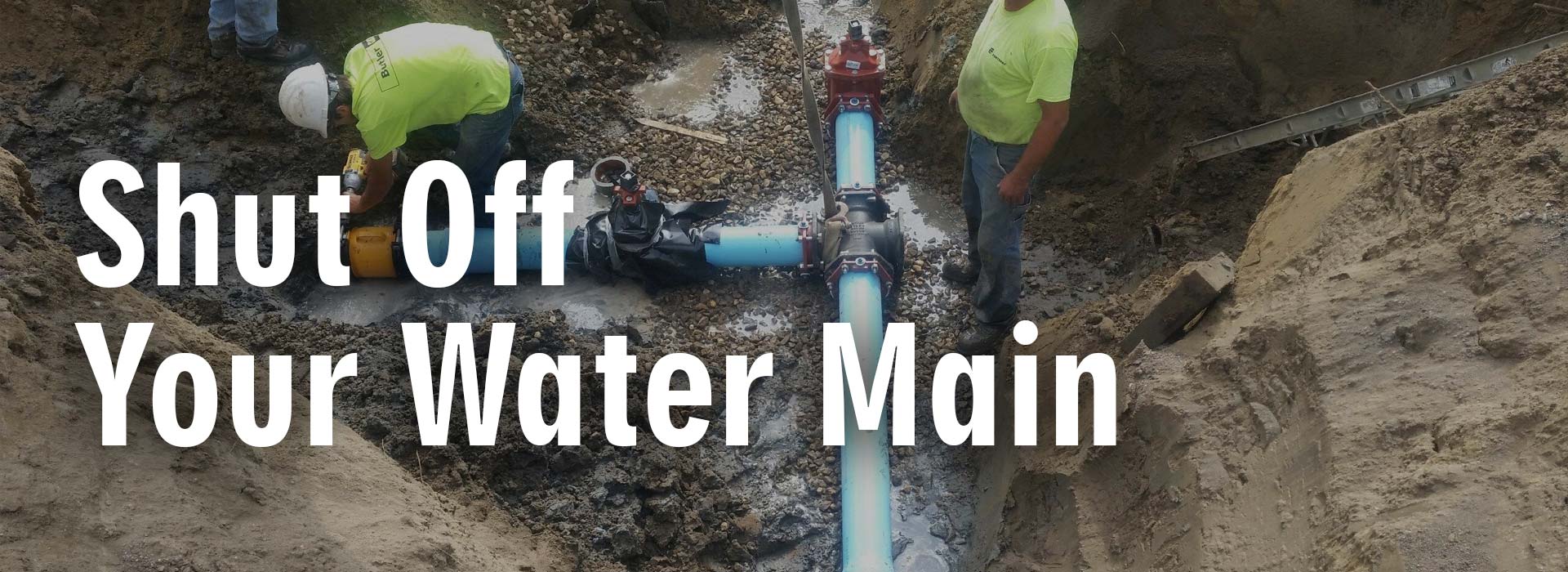 The shut-off valve will likely be located near the front foundation wall
The shut-off valve will likely be located near the front foundation wall
There may be times when you need to know how to shut off your water main, especially when there’s a pipe burst that can’t be stopped. However, many homeowners don’t know where their home’s main water shut-off valve is located. Where the valve is located will depend on whether you have a basement, crawl space or slab foundation.
For homes with basements, the shut-off valve will likely be located near the front foundation wall. It could also be located near your water heater or furnace. Homes with half basements may have the shut-off located where the water enters the basement. If it’s in the crawl space, adding a secondary valve can make access easier.
For homes with only a crawl space, the shut-off will usually be located in the vicinity of the water heater or under the kitchen sink. It might also be in the crawl space, and again, if this is the case, a secondary valve can simplify things. The same is true for homes with a slab foundation.
Know Who To Call When You Need Help
The preventative maintenance required to keep your home or business free of the threat of water damage is minimal in comparison to the expense and damage actually caused by water damage. Building maintenance is a part of property ownership and should be routine as part of your best defense against disaster.
If you experience water damage, contact SOS Mitigation for a rapid response to your disaster. We work with insurance companies to minimize your out-of-pocket expenses.




